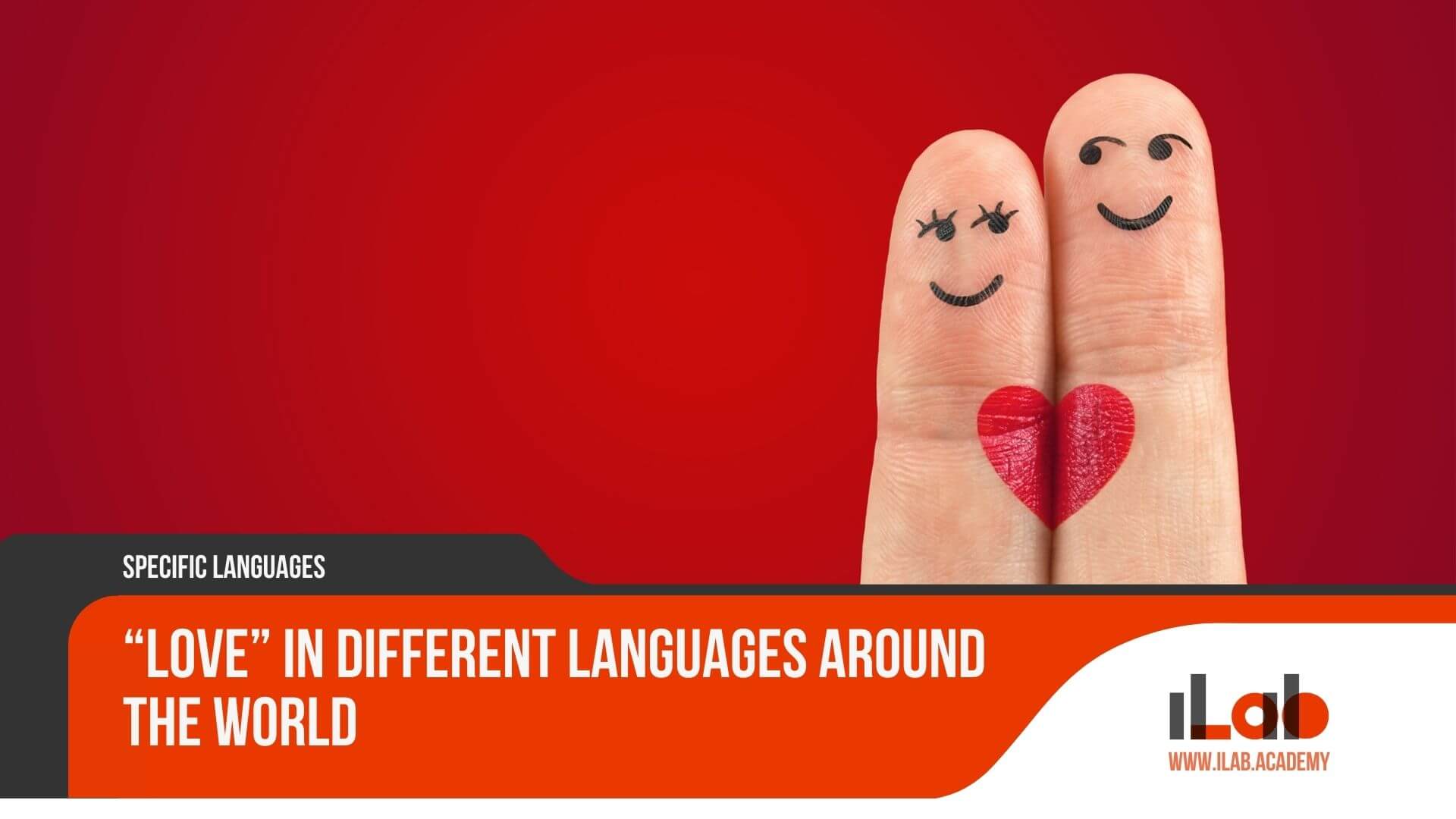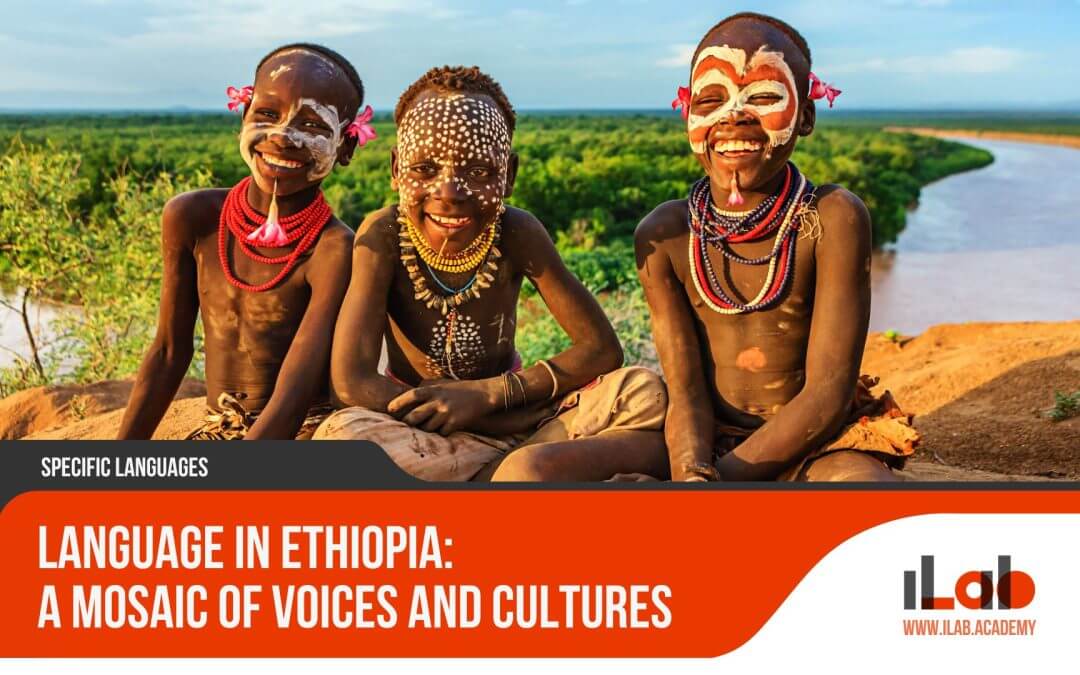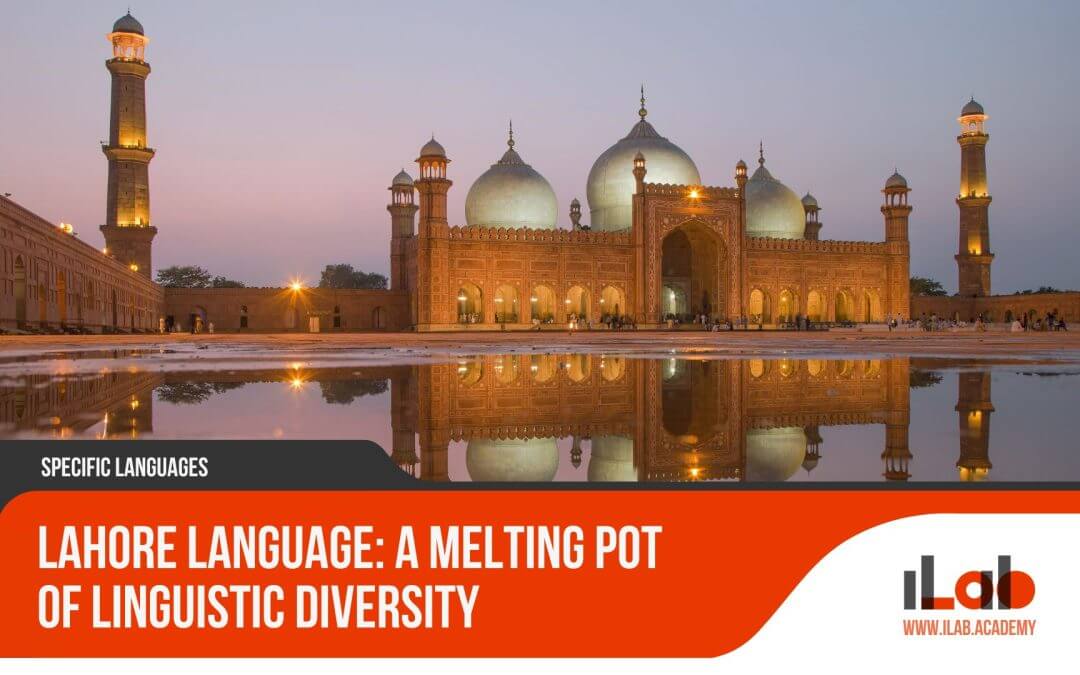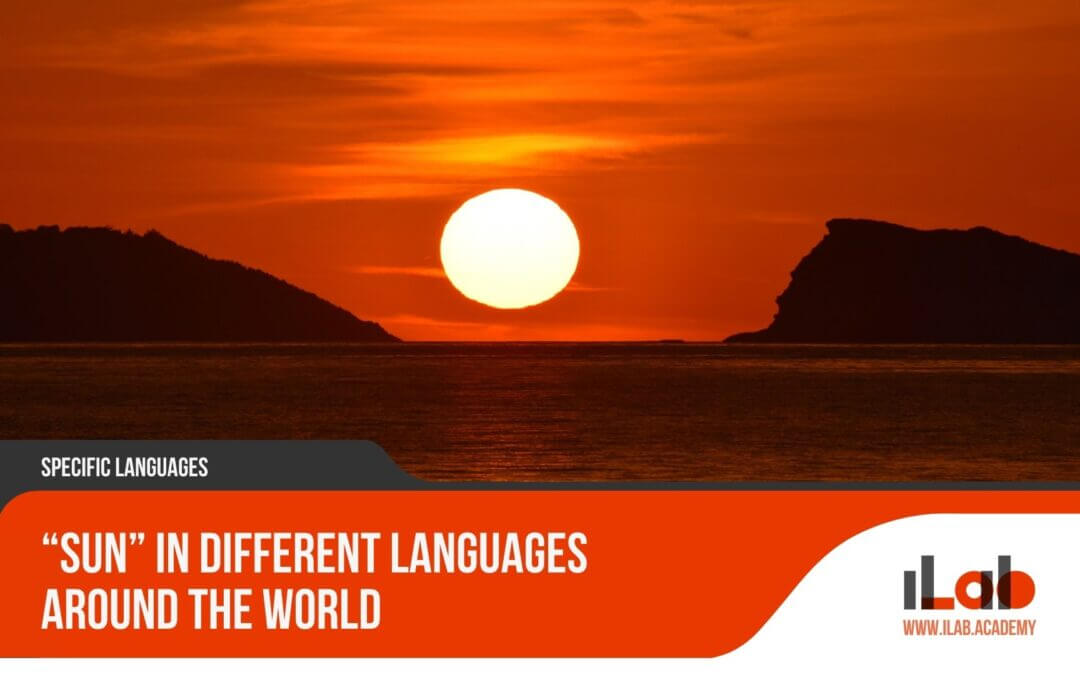Table of contents
The exploration of ‘love’ in different languages around the world reveals a fascinating intersection of linguistics and emotion, offering insights into how cultures articulate this fundamental human feeling. Each language brings a unique perspective to the concept of love, shaped by historical, social, and cultural influences. From the nuanced expressions in Romance languages, rooted in Latin, to the rich tapestry of terms found in Asian and African dialects, the diversity in the verbalization of love underscores the complexity of human connections. This journey invites us to consider the profound ways in which the word ‘love’—and the emotions it encompasses—transcends linguistic barriers, prompting us to question what more we can learn about love from languages unfamiliar to us.
Key Takeaways
- Love is expressed uniquely across cultures, reflecting diverse linguistic and cultural heritages.
- Romance, Germanic, Slavic, and Asian languages offer varied perspectives on love.
- Cultural traditions and ceremonies worldwide celebrate love’s unifying power.
- Despite differences, the essence of love is a universally understood and cherished concept.
The Universal Language of Love
Across cultures and epochs, love has emerged as a fundamental human emotion, manifesting its universality through diverse linguistic expressions and deep cultural significances. This sentiment, deeply woven into the fabric of human existence, transcends geographical boundaries and historical timelines, uniting humanity in its shared expression and understanding. The quest to articulate love has seen languages evolve with a rich lexicon dedicated to various forms and phases of love, from the platonic to the passionately romantic, highlighting not only the emotion’s complexity but also its integral role in human relationships.
The universal recognition of love is reflected in the myriad ways it is voiced and experienced across different cultures. In some societies, love is not just a personal feeling but a complex array of duties, bonds, and social responsibilities, showcasing the emotion’s multifaceted nature. This broad spectrum of understanding underscores the emotion’s significance, demonstrating that while the experience of love is subjective and varied, its core essence—a deep, ineffable connection with another—is a common thread binding the human experience.
‘Love’ in Romance Languages: A Latin Romance
As we explore the expression of love across cultures, it becomes evident that Romance languages, with their Latin roots—such as Spanish, French, Italian, Portuguese, and Romanian—offer a unique lens through which to understand the linguistic and cultural dimensions of this profound emotion. Stemming from Latin, the word for love in these languages not only shares etymological roots but also reflects a deep cultural resonance that stretches across countries and continents. The shared Latin heritage imbues the word ‘love’ with a rich palette of meanings and associations, making it a central theme in literature, art, and daily life within these linguistic communities.
The nuances of expressing love in Romance languages can be seen in:
- Spanish and Portuguese, where “amor” encapsulates love in all its forms, from the passion of romantic love to the tenderness of familial bonds.
- French and Italian, which celebrate love not just as a feeling but as an art form, reflected in their world-renowned contributions to literature, cinema, and cuisine.
- Romanian, where “dragoste” captures a sense of longing and affection with a particular depth, illustrating the language’s unique evolution within the Romance language family.
Understanding ‘love’ in Romance languages offers insights into how these cultures perceive and celebrate human connection. The shared Latin origin of the word ‘love’ highlights a universal human experience, while the subtle differences between each language reveal the unique ways in which different societies navigate and express this fundamental emotion. Through this exploration, we gain a deeper appreciation for the ways in which language and culture are intertwined, shaping our understanding of love and connection.
‘Love’ in Germanic Languages: Variations of Affection
Delving into the Germanic languages reveals a fascinating array of expressions for ‘love’, each with its own cultural imprint and linguistic heritage. As we explore these variations, it becomes evident that while the concept of love is universal, the manner in which it is linguistically encapsulated and culturally expressed varies significantly across different Germanic languages.
In German, ‘Liebe’ conveys a deep, profound sense of love, embodying both romantic affection and a broader, more encompassing love. This richness in meaning reflects the German tradition of valuing depth and complexity in emotional expressions. Similarly, the English word ‘love’ encompasses a wide range of feelings, from the affection for a partner to the passion for a hobby or the fondness for a friend, showcasing the language’s flexibility and the culture’s broad interpretation of love.
Moving northward, Dutch uses ‘liefde’ to express love, a term that shares its roots with the English ‘love’, highlighting the historical and linguistic ties between these languages. Dutch culture, known for its openness and directness, mirrors these traits in its straightforward yet profound expressions of love.
In the Scandinavian realm, Norwegian stands out with ‘kjærlighet’, illustrating the Nordic countries’ unique take on love. This term reflects the importance of love in fostering close-knit communities and enduring relationships, highlighting the values of trust, equality, and mutual respect that are central to Scandinavian societies.
Through this exploration of ‘love’ in Germanic languages, we gain insight into the diverse ways affection is articulated and experienced. Each language offers a window into the values and cultures that shape our understanding of love, enriching our global tapestry of human connection.
The Slavic Languages: Words of the Heart
Turning our attention to the Slavic languages, we uncover another rich layer of expressions for ‘love’, each with its own linguistic charm and cultural depth. The Slavic languages, with their intricate forms and variations, provide a fascinating lens through which we can explore how the concept of love is articulated and experienced differently across cultures. This exploration not only deepens our understanding of the Slavic peoples but also enriches our appreciation for the diverse ways in which human emotions are expressed through language.
In the realm of Slavic languages, several key examples stand out:
- Russian uses the word любовь (lyubov) to express the concept of love. This term encapsulates a broad spectrum of feelings, from romantic love to the love one feels for family and friends, showcasing the language’s ability to capture the depth of human emotion.
- Polish articulates love as miłość, a word that resonates with warmth and affection. It reflects the significance of love in Polish culture, emphasizing the emotion’s inherent value and the connections it fosters among people.
- Czech expresses love with the word láska, highlighting the language’s unique perspective on this universal emotion. The term láska encompasses a wide range of loving feelings, from the passion of romantic love to the gentle affection shared between close friends.
These examples from the Slavic languages illustrate the rich tapestry of expressions for love, each imbued with its own cultural nuances and linguistic elegance. By delving into these languages, we gain insights into the multifaceted nature of love and the diverse ways it is woven into the fabric of human life.
‘Love’ in Asian Languages: Cultural Depths of Devotion
Exploring the concept of ‘love’ within Asian languages unveils a rich mosaic of cultural and philosophical interpretations, each distinct yet deeply interconnected. The linguistic expressions of love in Asia are not just mere translations but embody the cultural subtleties and philosophies that have shaped societies over millennia. From the tender affection of familial bonds to the profound devotion found in romantic relationships, each language offers a unique lens through which love is understood and communicated.
To make this exploration more engaging, let’s examine a table showcasing the word ‘love’ in several Asian languages, alongside their cultural nuances:
| Language | Word for ‘Love’ | Cultural Nuance |
|---|---|---|
| Mandarin | 爱 (ài) | In Chinese culture, love often emphasizes loyalty and duty, with a strong focus on actions rather than overt expressions. |
| Japanese | 愛 (ai) | Japanese expressions of love are deeply rooted in unspoken gestures and mutual respect, reflecting the value of harmony. |
| Hindi | प्यार (pyaar) | In Indian culture, love is seen as a divine and cosmic connection, often expressed through poetry and music. |
| Korean | 사랑 (sarang) | Love in Korean culture involves deep commitment and is often portrayed through dedication and acts of service. |
This table not only highlights the diversity of linguistic expressions but also the profound cultural depths from which these expressions arise. Understanding ‘love’ in Asian languages requires an appreciation of the intricate cultural tapestries that influence how love is felt, expressed, and understood. Through this exploration, we gain insight into the universal yet diverse nature of love, transcending linguistic barriers to touch the very essence of human connection.
African Linguistic Expressions of Love
Venturing into the myriad expressions of love within African languages uncovers a landscape rich in cultural and linguistic diversity. Africa, with its vast array of languages and dialects, offers a unique perspective on how love is conceptualized and articulated. The continent’s linguistic expressions of love are deeply intertwined with cultural practices, beliefs, and the environment, making each expression unique to its people and place.
In exploring the diversity of love’s expressions across Africa, several fascinating patterns emerge:
- Swahili, spoken widely in East Africa, uses the word ‘upendo’ to denote love. This term encompasses a broad spectrum of feelings, from deep affection to general goodwill towards others, illustrating the communal aspect of love in Swahili-speaking cultures.
- Yoruba, a language spoken in Nigeria and parts of Benin and Togo, expresses love as ‘ifẹ’. In Yoruba culture, love is deeply rooted in family and community connections, emphasizing the importance of relationships and mutual care.
- Amharic, the official language of Ethiopia, uses the word ‘fikir’ to describe love. This expression goes beyond romantic love, encompassing love for family, friends, and even love of one’s country, showcasing the multifaceted nature of love in Ethiopian society.
These examples only scratch the surface of the complex tapestry of how love is expressed linguistically across Africa. Each language brings its own nuances, reflecting the rich cultural heritages and the diverse ways in which love is woven into the fabric of African societies. Celebrating these expressions enriches our global understanding of love, demonstrating its universal presence yet culturally specific manifestations.
Middle Eastern Languages: The Passion in Words
Delving into the Middle Eastern linguistic landscape reveals the deeply passionate expressions of love embedded within languages such as Arabic, Hebrew, and Persian. These languages, rich in history and culture, offer a unique perspective on how love is communicated, reflecting the depth of human emotions and connections. The word ‘love’ in these languages is not just a simple term; it is an expression loaded with cultural significance and historical depth.
To better understand how love is articulated in these languages, the following table presents the word ‘love’ in Arabic, Hebrew, and Persian, along with phrases that express love:
| Language | Word for ‘Love’ | Phrase Expressing Love |
|---|---|---|
| Arabic | حب (hub) | أحبك (Uhibbuka) – I love you |
| Hebrew | אהבה (ahava) | אני אוהב אותך (Ani ohev otach) – I love you (to a woman) |
| Persian | عشق (eshgh) | دوستت دارم (Dooset daram) – I love you |
These expressions are not just mere translations; they carry with them the nuances of Middle Eastern cultures, where love is often intertwined with poetry, music, and art, serving as a testament to the region’s deep appreciation for the arts as vessels for expressing love. From the tender whisper of ‘Uhibbuka’ in Arabic, the soft declaration of ‘Ani ohev otach’ in Hebrew, to the profound ‘Dooset daram’ in Persian, each phrase conveys a unique intensity and passion, illustrating the universal, yet diverse nature of love across languages and cultures.
Describing Love in Indigenous and Aboriginal Languages
Moving from the passionate expressions found in Middle Eastern languages, we now turn our attention to the rich tapestry of love as depicted in indigenous and Aboriginal languages worldwide. The diversity and depth found in these languages offer a window into the profound ways in which different cultures conceptualize and express love, often extending beyond the romantic to encompass love for the land, community, and the interconnectedness of all beings.
In exploring the expressions of love within these languages, several key themes emerge:
- Interconnectedness with Nature: Many indigenous languages have words for love that inherently include a deep respect and connection to the natural world. This perspective reflects the understanding that love is not only an emotion felt between individuals but also an expression of harmony with the earth and its creatures.
- Community and Kinship: Unlike the often individualistic portrayal of love in Western cultures, indigenous and Aboriginal languages frequently articulate love as a communal and familial bond. This encompasses not just familial love but also a broader sense of belonging and responsibility towards one’s community.
- Holistic Concepts: The expressions of love in these languages often carry holistic meanings, integrating physical, emotional, spiritual, and environmental dimensions. This holistic approach underscores the complexity and multifaceted nature of love, extending beyond simple affection to include acts of care, respect, and responsibility.
In capturing the essence of love as expressed in indigenous and Aboriginal languages, we gain insight into the unique cultural lenses through which love is understood and experienced. These perspectives enrich our global understanding of love, highlighting its universal significance while honoring the cultural specificities that make each expression of love distinct.
The Many Facets of ‘Love’: Beyond the Word
Exploring the concept of love reveals its existence not only in the spoken word but also in the myriad cultural expressions and traditions that embody this profound emotion. Love, in its essence, transcends verbal language, manifesting richly in actions and practices that define and refine human connection across the globe. This exploration aims to broaden the understanding of love, illustrating how it is woven into the fabric of different societies, beyond the confines of linguistic expression.
Cultures around the world have developed unique ways of expressing love, often rooted in longstanding traditions and practices. These expressions can range from intricate rituals signifying commitment and affection to simple, everyday acts that convey care and respect. For instance, in some cultures, preparing and sharing food is imbued with the sentiment of love, serving as a tangible representation of one’s desire to nourish and cherish another. Similarly, the act of gift-giving, whether through elaborate dowries or symbolic tokens, often carries deep meanings of love, signifying the giver’s intentions and feelings.
Moreover, communal and familial bonds are strengthened through specific cultural customs that celebrate love in various forms. Festivals, ceremonies, and rites of passage frequently encapsulate the communal aspect of love, highlighting the importance of connection, support, and solidarity within communities. These traditions not only reinforce the bonds between individuals but also underscore the collective understanding of love as a foundational element of societal cohesion.
In essence, the exploration of love’s many facets reveals a complex tapestry of human emotion, deeply embedded in cultural practices and traditions. It underscores the universality of love, transcending linguistic boundaries to touch the very core of human existence.
Also see this article in language:
“Liebe” in verschiedenen Sprachen der Welt
«Amor» en distintas lenguas del mundo
Frequently Asked Questions
How Do Linguistic Researchers Determine the Origins and Evolutions of the Word ‘Love’ Across Different Languages?
Linguistic researchers determine the origins and evolutions of the word ‘love’ across different languages by employing historical linguistics methodologies. This includes analyzing ancient texts, studying language families for phonetic and semantic shifts, and tracing etymological roots. Comparative linguistics is also crucial, as it allows scholars to observe similarities and differences among languages, thereby uncovering shared linguistic ancestors. These approaches together help in mapping the journey of ‘love’ through time and across cultures.
Are There Any Universally Understood Non-Verbal Expressions of Love That Transcend Linguistic Barriers?
Yes, there are universally understood non-verbal expressions of love that transcend linguistic barriers. These include physical gestures such as hugging, kissing, and holding hands, as well as acts of kindness or service. Eye contact, smiling, and attentive listening also serve as powerful indicators of affection and care across cultures. Such behaviors communicate love in a profound, universal language, emphasizing the shared human capacity for empathy and emotional connection.
How Have Popular Media and Globalization Influenced the Perception and Expression of Love in Languages With Traditionally Conservative Cultures?
Popular media and globalization have significantly impacted the perception and expression of love in traditionally conservative cultures. Through exposure to diverse narratives and representations of love, these cultures have observed an evolution in language and public expressions of affection. This shift reflects a blend of global influences with local traditions, leading to a more open dialogue about love and relationships. Consequently, the language of love is becoming increasingly universal, transcending cultural boundaries.
What Role Do Technological Advancements, Such as Translation Apps and Social Media, Play in the Modern-Day Understanding and Expression of Love Across Different Languages?
Technological advancements, particularly translation apps and social media, significantly influence the modern understanding and expression of love across languages. These tools bridge linguistic gaps, enabling individuals to communicate affection and emotional nuances more accurately. Furthermore, they foster global connections, allowing expressions of love to transcend cultural and linguistic barriers. Consequently, technology plays a pivotal role in shaping contemporary expressions of love, making them more accessible and universal.
Can the Complexity of Feelings Associated With Love Be Fully Captured in Languages With Limited Vocabulary for Emotions, and How Do Speakers of These Languages Navigate This Challenge?
The complexity of feelings associated with love can be partially obscured in languages with a limited emotional vocabulary. However, speakers of these languages often navigate this challenge through contextual clues, non-verbal communication, and the creative use of the available lexicon. This adaptability highlights the intrinsic human capacity to convey profound emotions, transcending linguistic barriers. Cultures thus find unique ways to express the multifaceted nature of love, enriching global understanding and connection.
Conclusion
In conclusion, the exploration of ‘love’ across different languages reveals a rich tapestry of human expression, reflecting both universal sentiments and unique cultural nuances. This linguistic journey underscores the profound depth and diversity of love’s articulation worldwide, from the etymological roots in ancient languages to contemporary expressions across the globe. It highlights the enduring power of love as a fundamental human experience, transcending boundaries and fostering a deeper appreciation for the myriad ways in which love connects humanity across cultures and histories.














